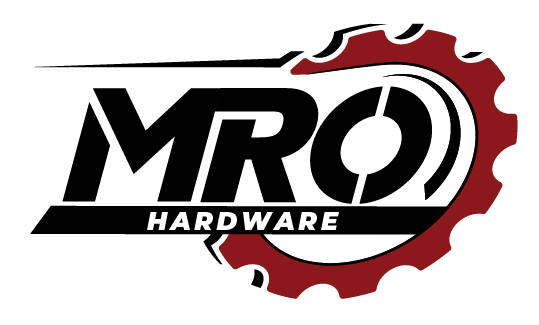Safety kits are essential tools for ensuring preparedness in emergencies and reducing the risk of injury or harm in workplaces, homes, and public spaces. Designed to provide immediate resources during accidents or unexpected situations, safety kits can be lifesaving and are often required by law in certain industries. Their importance goes beyond compliance, playing a critical role in maintaining safety and health.
Why Are Safety Kits Important?
Safety kits are vital for addressing injuries, managing accidents, and protecting individuals from further harm. They ensure that essential supplies are readily available, minimizing response time and potentially preventing severe consequences.
Legal Requirements for Safety Kits
In many industries, the presence of safety kits is mandated by regulatory bodies such as OSHA (Occupational Safety and Health Administration). For example:
- Construction: OSHA requires first aid kits at construction sites to address injuries from falls, cuts, or heavy equipment accidents.
- Food Service: Safety kits with burn care supplies are critical in kitchens where burns are common.
- Healthcare: Bloodborne pathogen kits are necessary to manage potential exposure to infectious materials.
Failure to provide safety kits in these industries can result in fines and legal repercussions, emphasizing the need for compliance.
What’s Inside a Standard Safety Kit?
A typical safety kit is stocked with supplies to manage a variety of common injuries and emergencies. These include:
- Bandages and Dressings: For treating cuts, scrapes, and wounds.
- Antiseptic Wipes and Ointments: To disinfect wounds and prevent infection.
- Gloves: For safe handling of injuries, protecting both the injured person and the responder.
- Scissors and Tweezers: For cutting bandages or removing splinters.
- Burn Care Supplies: Such as burn gel or pads, to treat minor burns.
- CPR Masks: For providing safe and effective resuscitation.
These items ensure immediate care until professional medical assistance is available.
Bloodborne Pathogen Safety Kits
In environments where exposure to bodily fluids is a risk, bloodborne pathogen safety kits are essential. These kits are specifically designed to prevent the spread of infectious diseases like hepatitis and HIV.
Contents of Bloodborne Pathogen Kits:
- Protective Gear: Gloves, masks, and gowns to shield responders from contact with infectious materials.
- Disinfectants: For cleaning surfaces and equipment exposed to bodily fluids.
- Biohazard Bags: For safely disposing of contaminated materials.
- Absorbent Materials: Such as pads or granules to contain and clean spills.
- Instruction Cards: Providing guidance on proper cleanup and disposal procedures.
These kits are critical in industries like healthcare, janitorial services, and any workplace where employees may encounter biohazards.
Additional Considerations
- Customization: Safety kits can be tailored to meet specific industry needs. For instance, automotive safety kits may include flares and jumper cables.
- Inspection and Maintenance: Regularly checking the contents of safety kits ensures they are complete and that items like gloves and bandages remain in good condition.
- Training: Employees should be trained on the proper use of safety kits to maximize their effectiveness during emergencies.
Conclusion
Safety kits are more than just a legal requirement; they are a fundamental part of maintaining a safe and prepared environment. Whether it’s a standard first aid kit or a specialized bloodborne pathogen kit, having the right supplies on hand can save lives and prevent further injury. By investing in quality safety kits and ensuring they meet industry-specific requirements, businesses can protect their employees, stay compliant with regulations, and foster a culture of safety.

